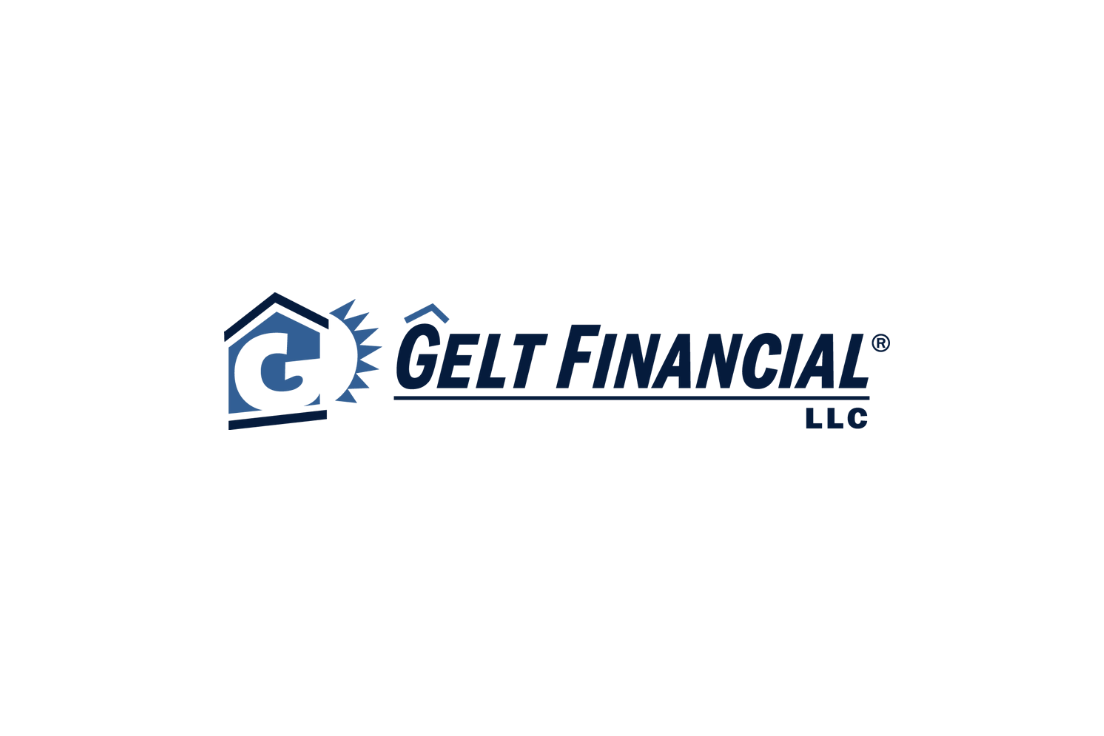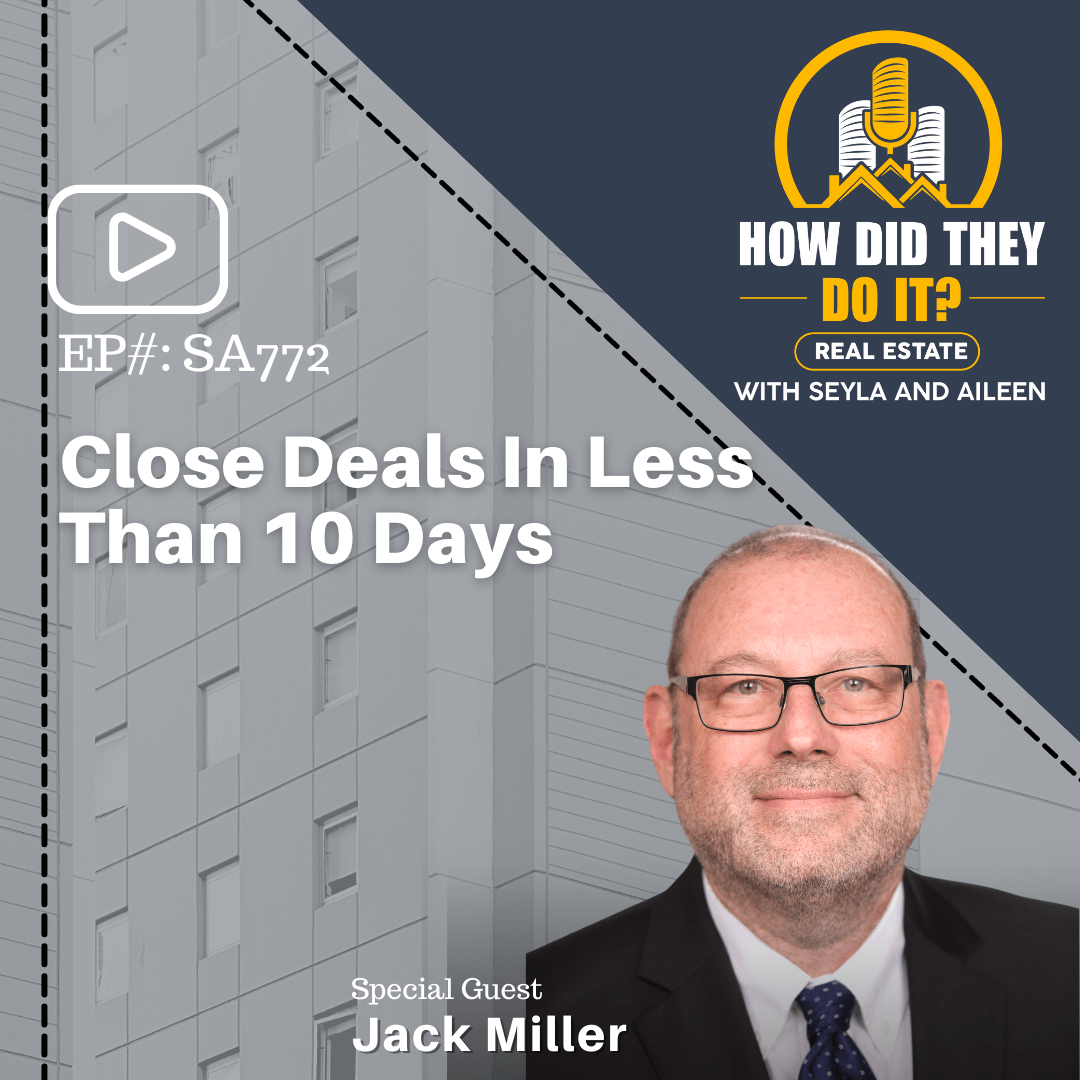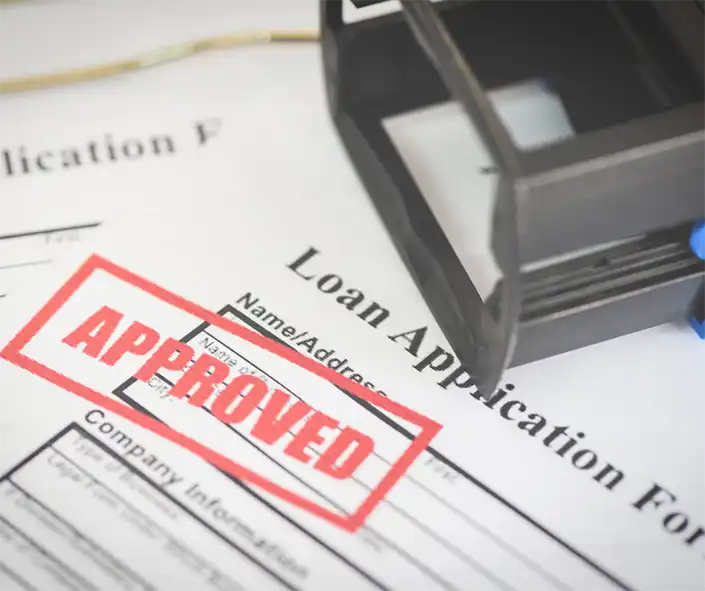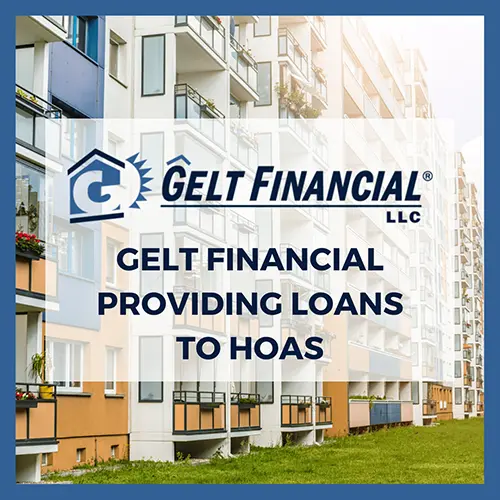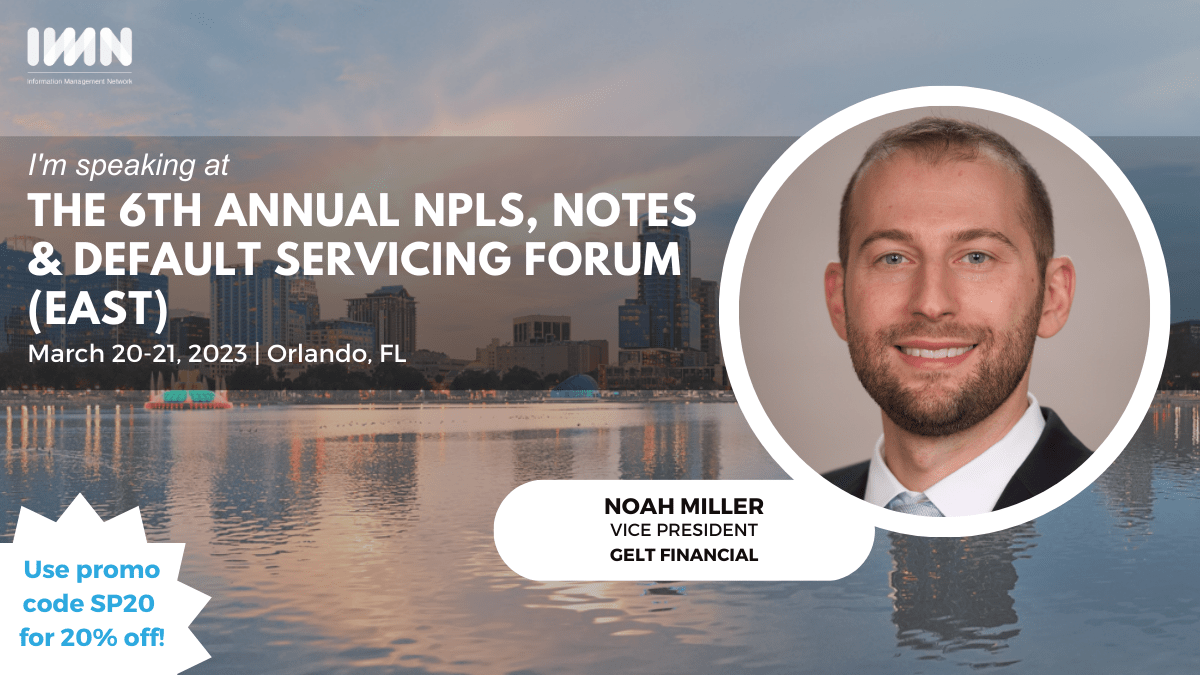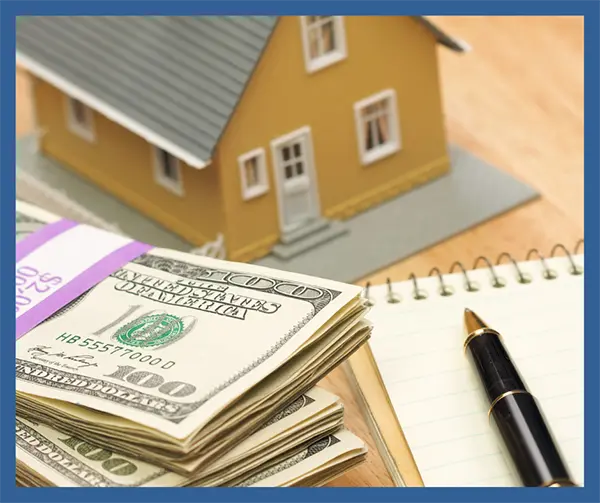In the video, Jack explains the secondary mortgage market, where loans are bought and sold as assets. He discusses how loans, including mortgages, can be sold by originators and owners in a marketplace. He emphasizes that loan terms remain unchanged when sold and highlights the role of originators, servicers, and loan owners. He mentions the benefits and downsides of the secondary market and advises caution for individual investors. Overall, the overview of the market’s purpose, players, and impact on borrowers and investors is discussed:
Hi, this is Jack Miller. I hope you’re having a great day. I want to make this video and talk a little bit about what the secondary market is, or what the mortgage secondary market is. It’s a question that a lot— it’s a little bit of a mystery and a lot of people ask. I don’t say a lot of people, but some people ask that question. Oh, before I forget, make sure you like the YouTube if you have any questions— like the channel if you have any questions, put them in there, and I’ll answer them. So, just like everything, I’m going to jump right into it. I apologize, just like everything else in the world, things are bought and sold. There’s marketplaces for just about everything in the world, including debt, mortgages, and all types of debt. And that’s called the secondary market. I’m going to talk about mostly commercial debt mortgages, loans, but the truth is it’s the same thing for credit card debt or auto loans or things of that nature. They’re almost the same.
So, the secondary market is effectively a marketplace where originators of loans and originators and owners of loans can go to sell the loans. If you think about it, a loan is an asset. I’m going to use as an example, let’s say you make $100— let’s say you borrow, you’re the borrower who borrows $100,000, and you owe a 6% rate for 30 years, —let’s just say 3%. The lender, whoever lent you that money, that $100,000 is an asset as an income stream to them. So that’s worth money, and there’s a few things that determine the value of that, which we’ll talk about in a minute.
But the essential, the very high level, in case you turn this off very quickly, the secondary market is a marketplace of people who are buying and selling loans and servicing rights in a loan. There’s the originator, there’s the servicer, and there’s the owner of the debt. Sometimes they’re the same, but quite often they’re different. You have the originator as one company, you have the servicer as another company, and servicing rights are bought and sold frequently. And you have the owner of the loan, that’s totally different. And all the owner of the debt and the servicing rights can be sold frequently. Again, they’re assets, and we’ll talk about it a little more.
Now, why did this come about? Because if I originate a loan, let’s say I’m a bank, and I originate loans, and I need to keep them on my balance sheet, I can only lend out however many deposits I have. It means I’m limited. The secondary market came about many, many years ago. In fact, about 100 years ago, as a way to really fuel the marketplace, to make housing affordable, and it took off since then. I’m not going to go into the whole history, but the common buyers on residential side for the secondary market are what’s called the agency Fannie Mae, Freddie Mac, then FHA and VA. The government agencies, they’re sort of FHA and VA, are on their own, and Fannie and Freddie are sort of off on their own. Now, they’re privately hold. They used to be quasi-government agencies, but back to it, loans are bought and sold.
So let me take it from the beginning. First of all, not every loan is sold on the secondary market, but it can be. And just because it’s not the day you originate it could be at a later date. So let me walk you through how it happens. And by the way, just to put you at ease, if you’re a borrower, even if the loan is sold on the secondary market, and again, if you got that 6% in a 30-year fixed rate, the note emit is not going to change. The new buyer of the day is not going to say, “Oh, I like you or I don’t like you, I’m going to give you a higher rate or a lower rate.” Whoever is buying the note is going to keep and honor the terms that the paper was originated at.
So, let’s talk about the three main players in this picture. You have the originator. Their job is to find the borrower, to underwrite the loan, to pre-approve the loan, usually to fund it, but sometimes they don’t fund it themselves. It’s a whole other story. So, they’re the ones who are giving you the rate. They’re giving you 6% at a 30-year fix. Let’s stick with that. They will often sell the loan to somebody else. Now, what determines who they’re going to sell it to? Like anything else, it’s price. Price is determined. There’s a lot of variables in what determines price, but the main ones are the type of loan it is, the interest rate it is, loan-to-value, things like that.
And let me give you a perfect example. We’re making this in August of 2022 where interest rates are very volatile. So, if I’m an originator and I originate a loan at a 6% rate for 30 years, that means that’s what you’re paying me, Mr./Mrs. Borrower. You’re paying me 6% for 30 years. Now, when rates go up, that loan decreases in value. So, if I promise you 6% and I deliver you 6% for 30 years, if rates go up to six and a quarter percent, my hundred- thousand-dollar loan may not be worth a hundred thousand. It may be worth ninety-nine thousand. Loans are typically sold at the typical benchmark, which is par. Which means a hundred thousand is a hundred thousand. A 101 price would be a hundred thousand, would be a 101, would be 101,000. But a 99 price is 99,000. So, to give you an example that I gave, if I originally did that loan and I didn’t hedge it or I didn’t get buy insurance on it, but keep it simple, and the market moved, it’s now six and a quarter percent, I may be able to only get, for that loan, to keep it simple, 99,000.
So, I’m going to originate that loan at a loss. That’s just the way it works if I need to sell it. Maybe I don’t sell it, maybe I do sell it. All depends. Conversely, let’s say I originate that loan at 6% and the market moves down at five and three-quarters percent. That hundred thousand now may be worth more than a hundred thousand. It may be worth a hundred and one thousand or a hundred and two thousand. So, like any other commodity, and that’s really the point that I want to drive home here, is a loan is a commodity, and the prices go up and down depending on a whole lot of factors. A lot of factors.
So, the owners of these companies pay focus, laser focus, on what’s called the secondary market. And typically, in origination shops, more money is made, or as much money is made, is originating loans on the secondary market gains as they are originating loans. Secondary markets are absolutely critical. And usually, one of the number one people at origination shops is the secondary market guy or gal, whoever’s doing that, because that’s critical.
So, an originator is going to sell the loan. Now, they’re going to sell the loan, but they also may sell the servicing rights. So, for example, let’s just say, for an example, a loan, the servicer gets paid a quarter percent on that loan. That’s worth something. So, they may sell the servicing rights to company A and sell the loan to company B. The owner of the servicing rights they may sell two or three times or four times. Could be every five years, every seven years, whatever. Companies consolidate those servicing rights are worth a lot of money. And the note could be sold as well. So, the borrower really has to deal with the servicer, and he has to deal with the owner of the debt.
Now, the reality is, the borrower doesn’t really deal with the owner of the debt. He deals with the servicer. So, the point is, there’s an originator, there’s a servicer, and there’s the owner of debt. Loans are bought and sold. It’s mostly when people speak of the secondary market, a lot of times they’re speaking about residential. But in the commercial world, the space that we play in—or I don’t say play, it sounds bad—the place we’re in, people sell commercial loans all the time. SBA loans are sold. Salons are commercial loans are sold into what’s called MBS’s (mortgage-backed securities). They’re sold into securitizations. They’re sold into all types of vehicles.
Now, those vehicles are often a pooling of a loan. For example, on MBS’s and mortgage-backed securities, you can have a mortgage-backed security for 500 million dollars, and individuals invest in those as well as mutual funds and hedge funds. All kinds of people invest in those funds. So, when you invest in an MBS, it’s really, you’re pulling your money, even if you invest two thousand dollars, you’re pulling your money with everybody else. So, if one loan defaults, you don’t really feel the pinch of it as opposed to buying a separate loan. So, that’s really the breakdown. I don’t want to say breakdown, a quick overview.
Again, remember, the secondary market is just a marketplace for the loans being are sold. Now, a secondary market provides tremendous benefit for an originator. It provides almost unlimited capital and much lower cost of capital than he could get, or she could get on their own. The downside, which people don’t always talk about— you know, people, when things are good, no one talks about the downside—but there’s a big downside. And the downside is the secondary market’s great when it’s great, but when it’s not great, it’s terrible. And the guidelines in terms of the credit approvals, what loans they’re going to buy, the pricing of them, the tranches of them, it can fluctuate on a dime.
So, for example, when COVID hit, really the secondary market shut down, and a lot of companies couldn’t sell their loans and couldn’t originate loans, and a lot of them got into a lot of trouble because they didn’t have an outlet to sell the loans to. It’s happening again now. Again, I’m making this in August of 2022. You know, rates have been moving up, so people don’t know what’s going to happen with rates. People don’t know what a fair price is. So, it’s all evolving. So, that’s some of the downside of the secondary market. And if you’re in the business, you know the downside all too well.
In this juncture, and we’ve sold loans in the secondary market, but really for the past eight or nine years, we’ve chosen not to go that direction. We don’t sell loans in the secondary market, only because it’s just not our business model. So, nothing wrong with it. Again, secondary market. I’m droning on here, and I apologize. Believe it or not, I like talking about this stuff. The secondary market, all it is, a marketplace for buying and selling debt. If you have auto loans or credit card paper, they are sellable commodities on the open market. There are companies who will buy a pool of loans. In fact, today, with crowdfunding on the internet, an investor can go out there and buy just one single loan or invest in one single loan and buy a loan on the secondary market.
I have to give you a disclaimer. I would highly, highly advise caution to an investor doing it. It’s treacherous. The yields may sound good, but sometimes the sellers are unscrupulous. The documentation isn’t in order. You’re much better off investing in companies who— or investing with reputable companies who really go through the underwriting process and have it down pat. I’ve seen a lot of guys— get a lot of people get killed, not say physically killed, self-understood, but get financially killed by buying a loan or whatever it may be from just a one- off loan. I wouldn’t advise that. If you want to buy loans or invest in a loan, there’s a lot of great platforms, a lot of great platforms. And you can call us. We deal with high-net-worth investors and accredited investors all the time to invest money and pool loans with them.
But back to the secondary market, all it is, it’s a marketplace for loans to be bought and sold. In its pure sense, it gets much more detailed. I hope I didn’t ramble on too long. If I did, please let me know, and I’ll try to make a correction. Take care. Have a great day. Remember, leave your questions and comments. Take care and have a great day.
Category: Education
Tag: secondary mortgage






